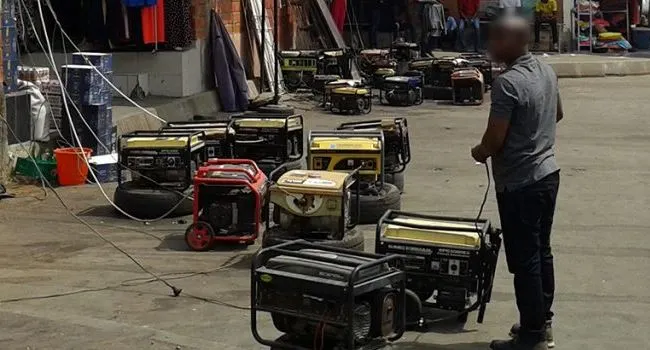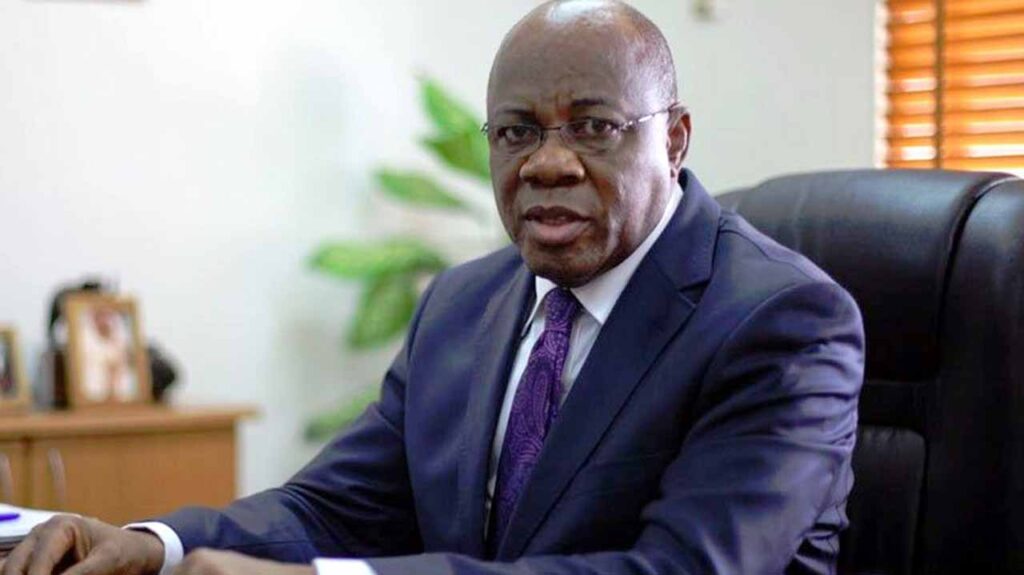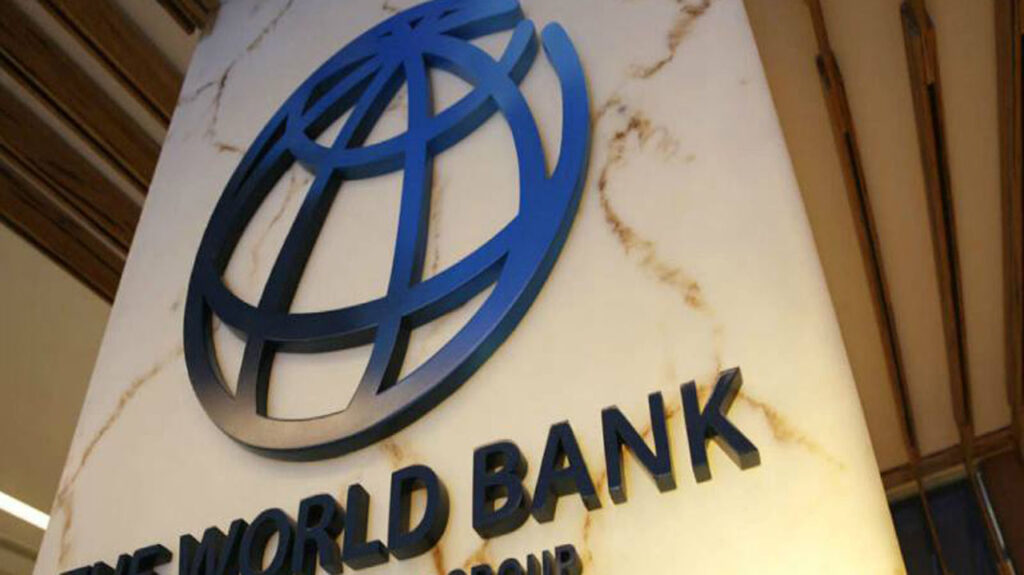
Coming at a time that insecurity has already crippled operations of some electricity companies, Monguno admitted in Abuja that the presence of terrorists around the nations’ critical assets, like Kainji and Shiroro dams, posed dire national security threats.
As of 7p.m., yesterday, Nigeria’s total electricity generation on the national grid was 3,200MW, Shiroro was producing 239MW and Kainji was 426MW. The two hydroelectric plants have been relying on the grid in the face of challenges coming from the gas-fired plants.
The security threat, though downplayed by some of the operators, who noted that their operations have been optimal and secure, it could reduce the country’s generation capacity by half, worsening the dismal state of power supply.
Monguno made the disclosure during the validation exercise for the maiden edition of the draft national infrastructure policy for protection of assets and strategy 2023 at the Transcorp Hilton Hotel, yesterday.
NSA was represented by the Principal General Staff Officer, ONSA, Major General Sadiq Ndalolo.
According to him, in the North West, bandits and terrorist groups target transportation infrastructure and educational institutions.
“The presence of these groups, especially near Kainji and Shiroro dams, further constitutes major security threats to the zone. In the South East, attacks on infrastructure such as police stations, security checkpoints, among others, are suspected to be orchestrated by members of the Eastern Security Network.
“In the South West, noticeable threats to Critical National Assets and Infrastructure have resulted from armed robbery, targeted at banks and financial institutions, as well as wanton destruction of public infrastructure in the wake of public disorders.
“Meanwhile, attacks on assets and infrastructure in the South-South are primarily driven by militant activities, especially pipeline vandalism and oil theft. Furthermore, piracy presents yet another challenge in the Nigerian maritime domain, which straddles the zone.”
According to him, the threat almost crippled the maritime transportation supply line as shipping premium insurance for shipping increased in response to much piracy concerns.
He added: “The deployment of both kinetic and non-kinetic mechanisms by the government has considerably succeeded in protecting and safeguarding our Critical National Assets and Infrastructure in recent years. Nonetheless, there is, however, the need to develop and continuously review measures to address dynamic threats to our infrastructure. This validation exercise therefore, could not have come at a better time.”
According to the Minister of Interior, Mr. Rauf Aregbesola, the event is a historic moment for him not just as an individual, but for Nigeria as a nation.
“Today’s occasion is historic in the sense that it clearly marks the beginning of our official departure from the past dispositions in the Critical National Assets and Infrastructure (CNAI) protection landscape, where unilateralism instead of multilateralism reigned. Where individualism rather than collectivism was the order of the day, or where parochialism as opposed to cosmopolitanism guided how agencies approached CNAI protection.
Hitherto, the stakeholder tendency was for individual agencies to attempt to do it alone, but as a discovery that opened up a new vista, the phenomenon of “Critical Infrastructure Dependency and Interdependency” has become one of the most compelling reasons for a united front in collective action.
“As CNAI have today increasingly been interconnected to each other due to technological exigencies, their vulnerabilities to attacks have multiplied, and so have the risks of cascading or knock-on effects on other CNAI as a result of the attack on one or few; making it difficult to recover from the consequences of attacks.
“Thus coming together in relevant sectoral, cross-sectoral, cross- national, transnational security alliances to tackle common problems has become an inevitable global approach to CNAI security and resilience, as well as a recognised tool of international cooperation,” he said.
The Commandant General of NSCDC, Ahmed Audi, noted that the engagement process commenced shortly after the United Nations Security Council Resolution 2341 (2017) and the National Security Strategy (NSS) 2019, came into force.
According to him, the central theme of these instruments was for Nigeria to join the comity of nations to develop National Protection Strategies for critical infrastructure, because people all over the world have made common cause with their use-value or derived benefits.
“Our resolve to proceed along this strategic direction led to the introduction of strategic reforms that promise to be the most significant systemic overhaul of the CNAI protection landscape since 1960.
“We are taking bold steps to reform the legal and policy approaches for the protection of CNAI in alignment with our national developmental aspirations, global trends and good practices under our reform project tagged: CNAI Strategic Protection Policy Reform Programme (CNAI-SPPRP),” he said.












